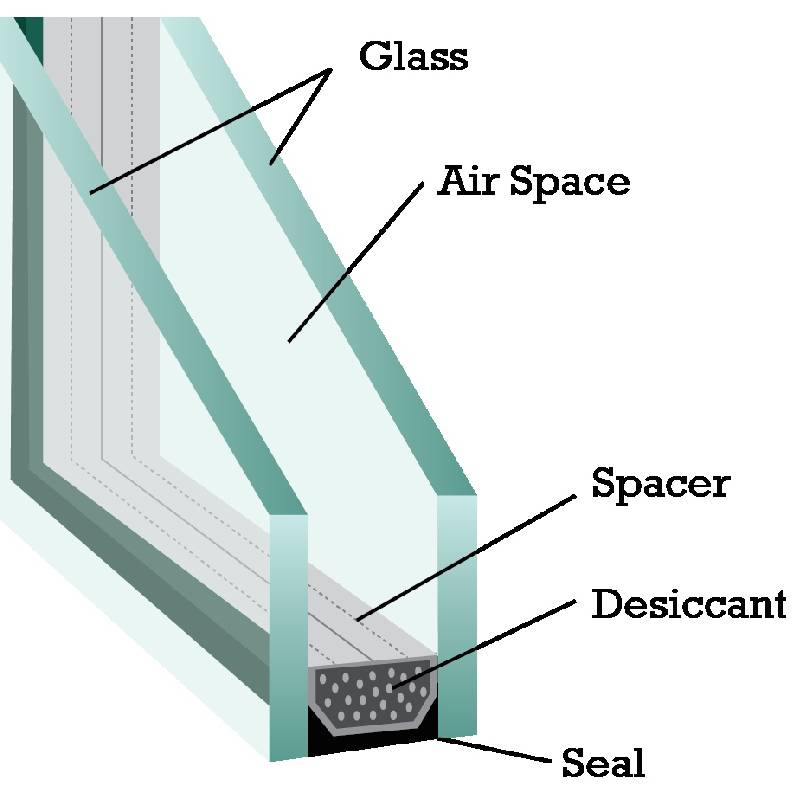

Understanding Tempered Glass OEM A Comprehensive Overview
Tempered glass, also known as toughened glass, is a type of safety glass that is processed through controlled thermal treatments to increase its strength compared to standard glass. The process involves heating the glass to a temperature of around 620 to 670 degrees Celsius (1,148 to 1,238 degrees Fahrenheit) and then rapidly cooling it. This thermal tempering makes the glass four to five times stronger than its untempered counterparts. With the rise in various architectural and functional applications, incorporating tempered glass in Original Equipment Manufacturer (OEM) operations has become a significant focus.
What is OEM in the Context of Tempered Glass?
OEM stands for Original Equipment Manufacturer. In the context of tempered glass, an OEM refers to a company that manufactures products utilizing tempered glass according to the specifications set by a client or a third party. This collaboration often involves custom design, production, and branding processes that meet specific requirements, thereby ensuring the end products are tailored to the client's needs.
Advantages of Tempered Glass
1. Safety and Durability One of the most significant advantages of tempered glass is its safety features. When shattered, it breaks into small, blunt pieces that reduce the risk of injury. This characteristic makes it an ideal choice for various applications, such as shower doors, glass table tops, and facades.
2. Heat Resistance Tempered glass can withstand high temperatures and sudden changes in temperature without breaking. This property is vital in environments where the glass may be exposed to fluctuating heat, such as in commercial kitchens or near fireplaces.
3. Versatility OEM manufacturers can produce tempered glass in various sizes, thicknesses, and finishes, making it suitable for a wide range of applications, including residential buildings, office structures, and vehicles.
4. Aesthetic Appeal With modern architectural trends favoring minimalistic designs and large glass areas, tempered glass provides an elegant, sleek appearance while maintaining structural integrity.
The Process of Manufacturing Tempered Glass for OEMs
1. Cutting and Sizing The process begins with cutting the glass to the required dimensions. Precision is key, as any imperfections could compromise the glass's integrity during tempering.
2. Surface Preparation After cutting, the glass surfaces undergo thorough cleaning and edge finishing. This step ensures that any debris or imperfections are removed before the heating process.

3. Heating The glass is heated in a specialized furnace to the required temperature. This step is critical as it alters the molecular structure of the glass.
4. Quenching Once heated, the glass is rapidly cooled using jets of cold air. This quick cooling process is what gives tempered glass its strength.
5. Quality Control After tempering, the glass must undergo strict quality control measures to ensure it meets safety and performance standards. This may involve testing for visual imperfections or structural integrity.
Choosing an OEM for Tempered Glass
When selecting an OEM for tempered glass, several factors should be considered
1. Expertise and Experience Look for manufacturers with a proven track record in producing tempered glass. Experience often equates to a higher quality product.
2. Customization Ensure that the OEM can meet specific design and architectural needs without compromising on quality.
3. Quality Assurance Verify that the manufacturer adheres to international safety standards and possesses necessary certifications.
4. Innovative Solutions Choose an OEM that is open to innovation and can provide cutting-edge solutions to meet modern architectural demands.
Conclusion
As the demand for tempered glass rises across various sectors, partnering with the right OEM becomes crucial for businesses aiming to leverage this material’s safety, durability, and aesthetic properties. The collaboration not only enhances product offerings but also assures clients of compliance with the highest standards of quality and safety. In a market increasingly dominated by customization and innovative designs, the importance of tempered glass OEM cannot be overstated, making it a valuable component in the contemporary manufacturing landscape.